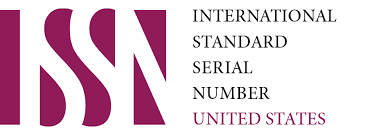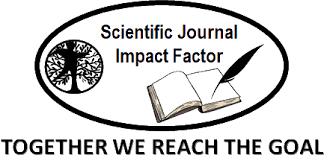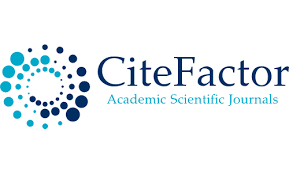Social Competence: Essence and Mechanisms of Formation in a Preschooler with Speech Impairment
Keywords:
competence, cognitive, emotional, behavioralAbstract
The article discusses the issue of social competence, the essence and mechanisms of formation in a preschooler with speech impairment. The main attention is paid to identifying key competencies and areas of the competency-based approach in modern education
References
Abidova, N.Z. Creating an Inclusive Educational Environment for Children with Special Educational Needs/ International Journal of Progressive Sciences and Technologies (IJPSAT, ISSN:2509-0119)/ Vol 20, No 2 (2020)
Nilufar, A. (2021). Organization Of The Work Of The Logo Teacher With Children With Disabilities In The Conditions Of Inclusive Preschool Practice. Turkish Journal of Physiotherapy and Rehabilitation, 3(32), 33382-33398.
Nilufar, A. (2021). Organization Of The Work Of The Logo Teacher With Children With Disabilities In The Conditions Of Inclusive Preschool Practice. Turkish Journal of Physiotherapy and Rehabilitation, 3(32), 33382-33398.
Gogoberidze A.G. Predshkol'noe obrazovaniya: nekotorye itogi razmyshlenii (Kontseptsiya obrazovaniya detey starshii doshkol'nogo vozrasta) [Pre-school education: some results of reflections (The concept of education of children of senior preschool age)]. - 2006. -No1, - P. 10 - 19.
Petrovskaya L. A. Competence in communication. Socio-psychological training. Moscow, 1989. - 216 p. (in Russian).
Raven, J. Competence in Modern Society: Identification, Development and Implementation. /J. Raven // Trans. Moscow, 2002.
Pfingsten, U., Hintsch, R. Groppentraining of social competences. Weinheim: Psychologie Verlag Union. — 1991. — p.28 — 134.
Downloads
Published
Issue
Section
License

This work is licensed under a Creative Commons Attribution-NonCommercial 4.0 International License.
User Rights
Under the Creative Commons Attribution-NonCommercial 4.0 International (CC-BY-NC), the author (s) and users are free to share (copy, distribute and transmit the contribution).
Rights of Authors
Authors retain the following rights:
1. Copyright and other proprietary rights relating to the article, such as patent rights,
2. the right to use the substance of the article in future works, including lectures and books,
3. the right to reproduce the article for own purposes, provided the copies are not offered for sale,
4. the right to self-archive the article.












